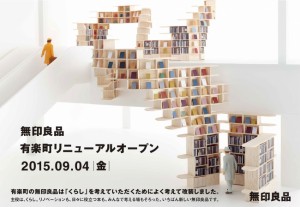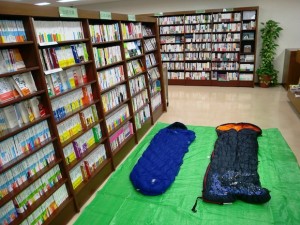Residents in Komaki City, Aichi Prefecture, have rejected plans for a new library run by the bookstore and rental chain Tsutaya.
The much-anticipated facility was to follow on the heels of a similar project in Takeo, a city in Saga who worked with Tsutaya to create a library with a bookstore and cafe facility. Culture Convenience Club, the company behind Tsutaya, is the library’s designated management, in the first public-private partnership of its kind. The 2013 facility features a Starbucks, a regular Tsutaya outlet, and 200,000 titles.

CCC had also proposed a similar plan to Komaki, which would have been 2.6 times the size of the current library and with the capacity to hold twice the number of books. The library was planned to open in three years’ time. Not just a library, it was supposed to be part of a redevelopment plan for the whole city.
Regions like Saga face a depopulation crisis, so working with partners in the private sector is seen as a novel way to provide certain public services that might suffer as a result of falling tax income.
However, citizen groups were angry at the lack of consultation with locals, while, as had become an issue at the Takeo library, the curation of books was also unclear. The high cost of the construction was also criticized. The poll was held on October 4th.
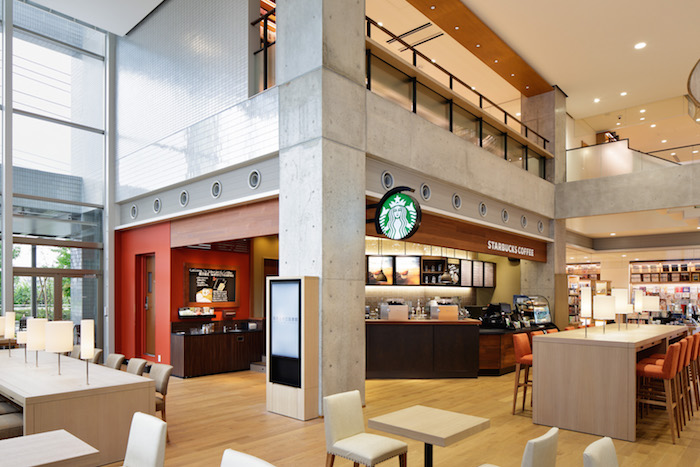
CCC, known for its tony Tsutaya bookstore outlets in Daikanyama, Roppongi and Shonan, extolls:
Takeo City Library is far more than a depository for loaning books and providing the other functions associated with a conventional library. The new space brings together library, bookstore, and café functions, with ample space for browsing, having coffee, and studying, working, and chatting. Amenities for citizens from every walk of life and age demographic are designed into the facility.
The Tsutaya library in Takeo generated a lot of publicity over its stylish design, but there have been serious concerns raised since. Although visitor numbers have greatly increased since it opened in 2013, CCC’s choices for new books seemed poor (e.g. a guidebook about ramen in Saitama, thousands of kilometers from Saga, and 10-year-old mock tests). People complained that the library seemed to be just a dumping ground for unwanted Tsutaya stock.
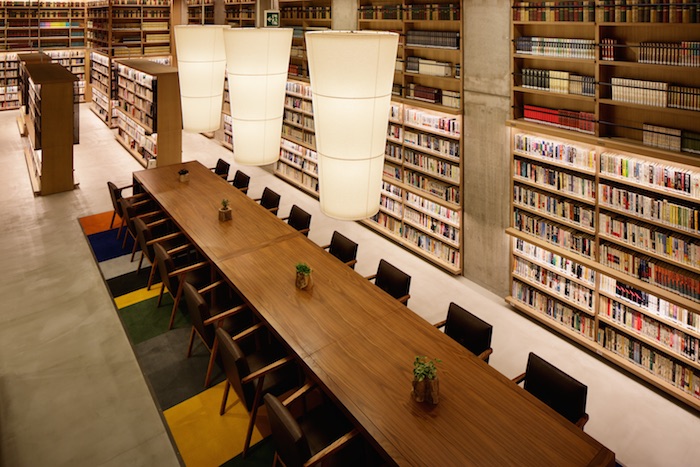
Having had the book purchasing budget heavily cut, 10,000 titles at the library were actually provided at a discount by a company then linked to CCC, seemingly to make up the numbers.
Moreover, when they cleared the library of 8,760 DVDs and books, the Takeo library’s Tsutaya managers may have thrown away lots of valuable local resources that they did not think were worthy of the new library’s shelves.
By partnering with CCC, the library fell victim to the rules of the market: the library books were second priority to the commercial bookstore and cafe, which occupy generous space on the ground floor.
It has now led to a lawsuit filed by Takeo citizens against the city to recover the loss of tax money in the project. CCC had funded half the cost of the facility, but Takeo City paid the rest.
The former Takeo mayor who helped the partnership come together, having lost in the Saga gubernatorial election, is now a CEO of a CCC subsidiary. Coincidence? We think not.
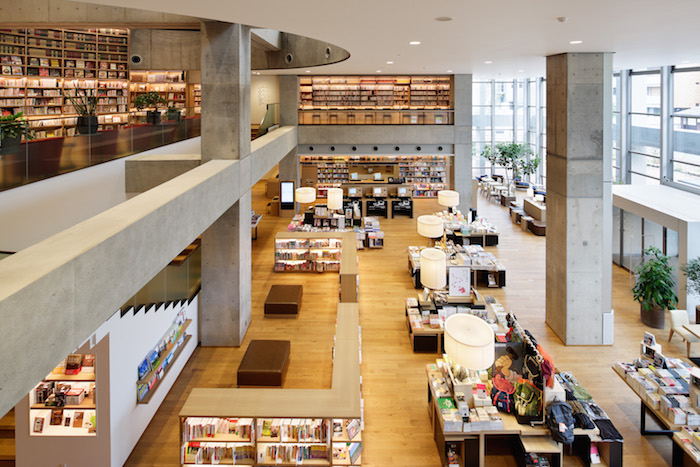
A chic second Tsutaya library opened in Ebina City, Kanagawa Prefecture, on October 1st. However, it is already become apparent that some of the lessons of Takeo have not been learned. Netizens quickly slated the library management: a title like the biblical Book of Exodus is filed in the “overseas travel/Africa/Egypt” category. Other historical titles like The Tales of Ise and The Narrow Road to the Deep North are also listed in the “travel” section.
Clearly the residents of Komaki looked to Takeo and Ebina decided they didn’t want the same, no matter how flashy the design.

